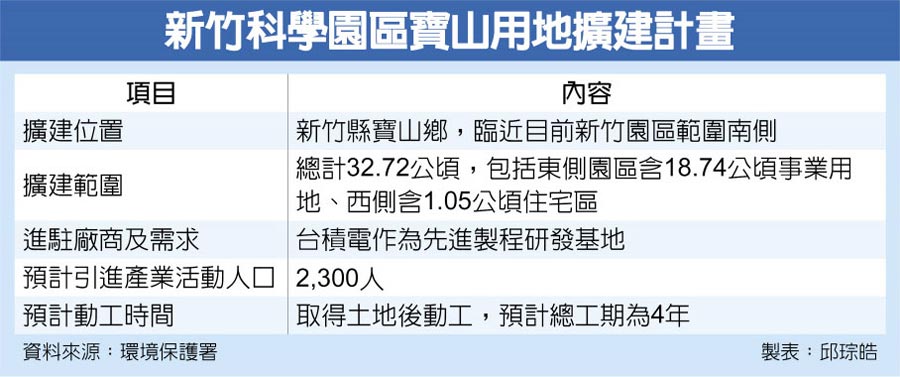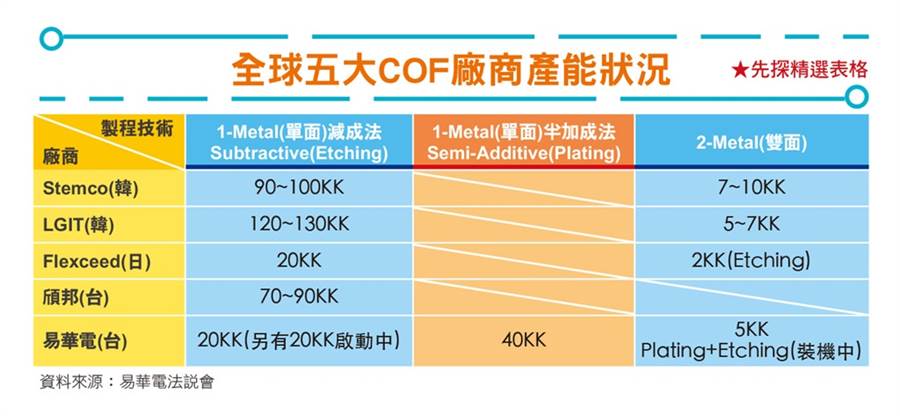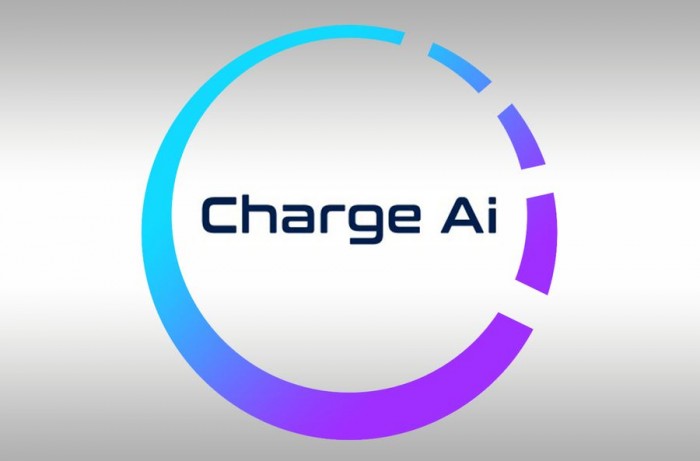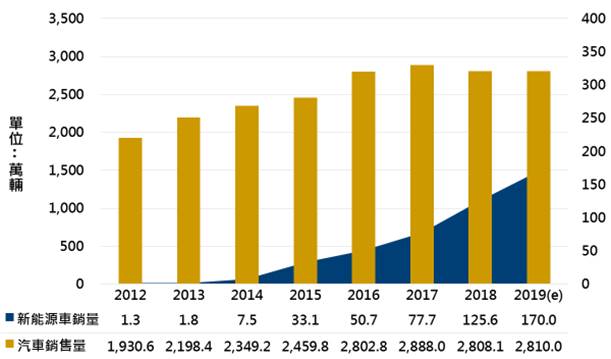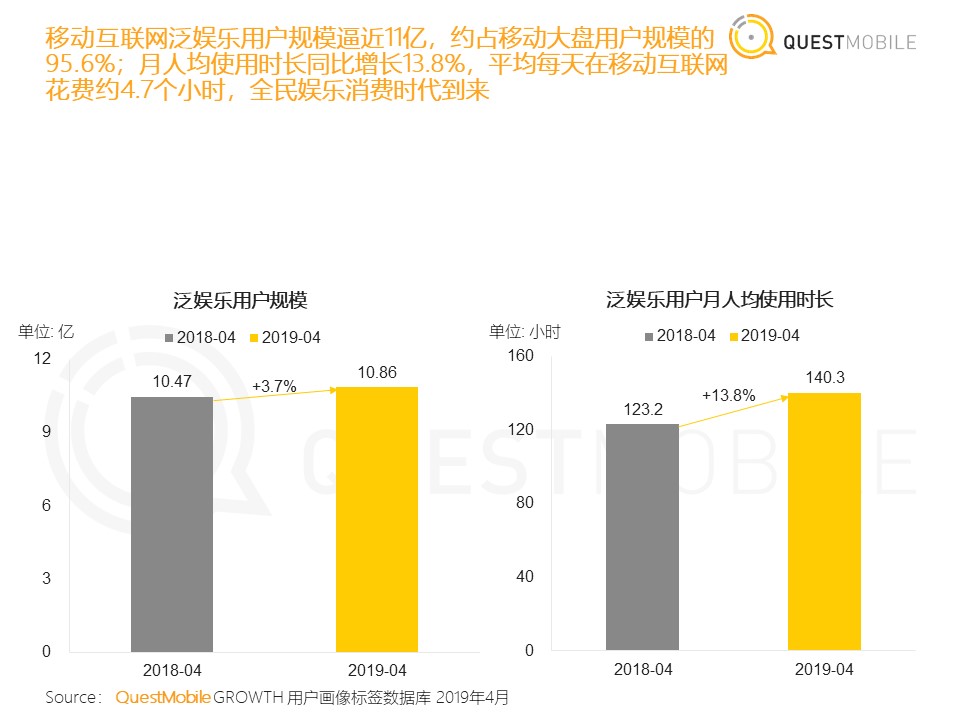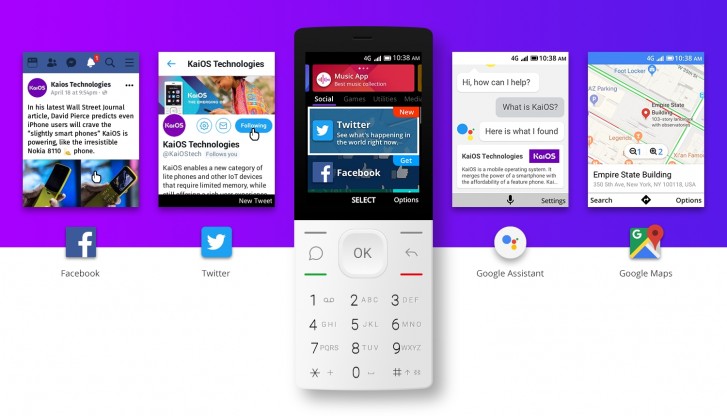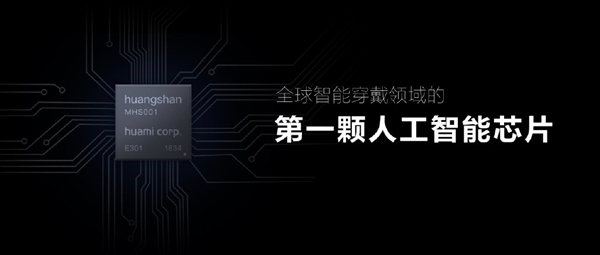
06-13: LG has opposed Qualcomm’s efforts to put a sweeping U.S. antitrust decision against the chip supplier on hold as it pursues an appeal; Samsung Electronics is trying to create momentum in launching mobile SoC; etc.
Chipsets
Huang Wang, co-founder and CEO of Huami Technology, has indicated that the artificial intelligence (AI) chip “Huangshan No. 1” will be used by more product lines, so that these products would have medical health monitoring capabilities. Huangshan No. 1 is using RISC-v architecture, and can be run inside the device to avoid communication delays in cloud computing. Its AlwaysOn module, which can be automatically transfer sensor data to SRAM, and through the neural network system, separately perform operation and integration, timely feedback operation results and greatly reduce power consumption. (My Drivers, CN Beta, Global Times)
LG has opposed Qualcomm’s efforts to put a sweeping U.S. antitrust decision against the chip supplier on hold as it pursues an appeal. LG is negotiating chip supply and patent license agreements with Qualcomm and could be forced into signing another unfair deal unless a federal judge’s protections remain in place. LG V50 ThinQ 5G and other upcoming 5G smartphones could be delayed, if it is not able to negotiate a new chipset contract with Qualcomm in a timely fashion. (GSM Arena, Reuters, Reuters, Android Headlines, Laoyaoba, 163)
Samsung Electronics is trying to create momentum in launching mobile SoC that is comprised of a modem that supports mobile network and an application processor. Its plan is to grab the upper hand of 5G chip market by implementing a 5G semiconductor, which has a modem and an AP separated, into single chip. (Phone Arena, ET News, ET News)
TSMC is at the forefront of fabrication with its 7nm Argon Floride based process node, and the company is expected to develop 5nm by 2020. While the fab’s 3nm process is subject to approvals, for the time being, TSMC has already started to look at the future. The company will commence R&D for the 2nm process in Hsinchu. (CN Beta, Phone Arena, WCCFtech, TechWeb, TechNews, China Times)
Touch Display
Japan Display Inc (JDI) has unveiled additional restructuring measures and raised the number of domestic job cuts to 1,200. At the same time, JDI has decided to temporarily close the Baishan Plant in Baishan City, Ishikawa Prefecture Jul~Sept 2019, and close some production lines at the Maoyuan Plant at the end of Sept 2019. (My Drivers, Japan Times, TechNews, Asia Nikkei)
The supply of rigid OLED handset panels is getting tight recently, as more handset brands are using this type of panels paired with in-display fingerprint sensors for their premium models, according to Digitimes. (Digitimes, CHEAA, Digitimes)
According to TF Securities, phone CoF industry to have some changes in 2019 and 2020. (1) In 2019, Android LCD CoF phone shipment is 45% lower than expectation (the shipment of Android LCD CoF is expected to be 90M~95M units); from Jun 2019 Chipbond and JMC are likely to have idle capacity; (2) In 2020, expects phone CoF to be oversupply, impacting vendors including Chipbond, JMC, Stemco and LG Innotek. The changes are due to (1) Apple new iPhone to adopt CoP; (2) Android LCD would shift to hole in display; and, (3) Huawei LCD CoF phone penetration does not have any growth potential. (China Times, China Times, Laoyaoba, TF Securities)
Memory
Changxin Memory Technologies (CXMT), previously known as Innotron Memory, has allegedly redesigned its dynamic random access memory (DRAM) chips to minimize the use of U.S. technology, in a bid to avoid infringing patents and potentially falling victim to the U.S. crackdown on China’s rising tech industry. The company, which has invested USD8B in a chip production plant in Hefei, intends to start production of these crucial memory components by the end of 2019. (Asia Nikkei, CNYES, My Drivers, Electronics Weekly)
Battery
A new trademark indicates that LG and Hitachi also intend to release an AI Charger for smartphones. Hitachi-LG Data Storage applied for a trademark with the EUIPO for the name Charge AI. (CN Beta, TechGenXY)
China-based Contemporary Amperex Technology (CATL) has been expanding its production capacity for lithium-ion batteries used in electric vehicles and energy storage systems, with its overall annual capacity expected to reach 136.6GWh in 2022. (Digitimes, press, Digitimes)
Phone
Samsung has officially announced that it is bringing 3 of its newest A-series mid-range smartphones to the US, namely the Galaxy A50, A20, and A10e. They are priced at USD350, USD250 and USD180, respectively. (Android Headlines, Samsung, GSM Arena, The Verge, Sohu)
TF Securities analyst Ming-Chi Kuo expects in 2019 Huawei smartphone shipment to have 2 scenarios, both could exceed 180M~210M units: (1) if the US ban does not change, Huawei smartphone shipment could be 210M~220M units; (2) if the ban does not change, yet Huawei launches its own Ark OS in Oct 2019, the shipment would be about 215M~225M units. (TF Securities, CN Beta, AA Stock)
Chinese internet users now spend an average of 4.7 hours on their handsets a day just for entertainment purposes, according to QuestMobile. The number is up from the 4.1-hour average from a year ago. By ‘entertainment’, QuestMobile is counting services like e-reading, music streaming, online karaoke, video streaming, mobile gaming, live streaming, and short videos. (TechCruch, Quest Mobile)
KaiOS CEO Sebastien Codeville has detailed the company’s vision for the coming year and it includes optimizing the performance on existing lower-end devices. KaiOS is also working on new machine learning projects with its key partners which will aim to improve device performance, photography and security. The company is planning to release its software on new form-factors with more advanced services coming in 2H19. (GSM Arena, Android Authority)
